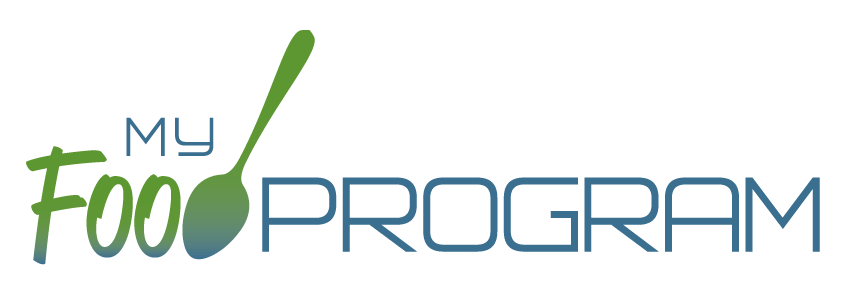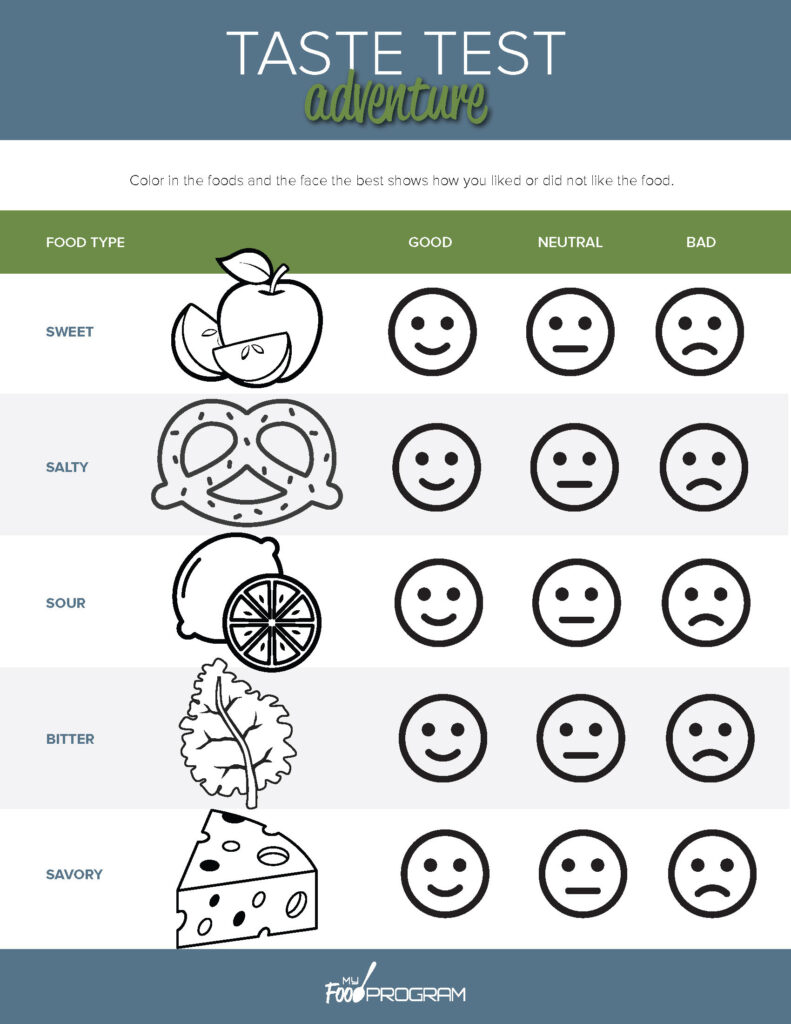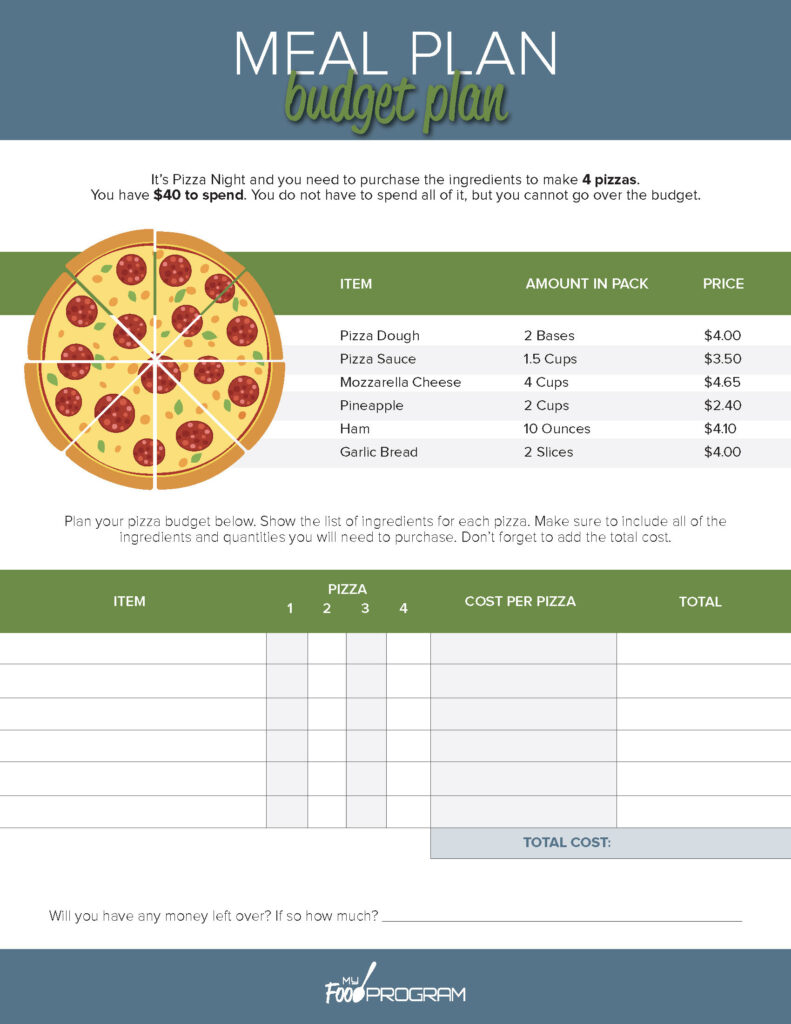
Summer is a great time to enjoy delicious meals while having fun and learning new things! Whether you’re working with young children in early childhood programs or older kids in school-age programs, pairing mealtime with engaging activities can make summer nutrition even more exciting. Here are some fun and educational ideas designed for each age group to help children connect with their food and stay curious all summer long.
Activities for Early Childhood Programs (Ages 3-5)
Young children learn best through hands-on experiences and play. These activities focus on simple, sensory, and creative ways to explore food during summer meals:
Rainbow Fruit and Veggie Sorting
After serving a colorful plate of fruits and vegetables, invite children to sort pieces by color. Use fruits like strawberries, blueberries, and banana slices, or veggies like carrots, peas, and corn. This helps build color recognition and introduces healthy foods.
Taste Test Adventure
Set up a small “taste test” station where children can try different fruits or veggies from the meal. Ask questions like, “Is it sweet or sour?” or “Is it crunchy or soft?” This encourages language development and curiosity about new flavors. Check out our downloads section for the Taste Test Adventure Coloring Sheet.
Food Texture Collage
Provide paper and glue, then let kids create a collage using food scraps like small bits of lettuce, shredded cheese, or cereal. This activity boosts fine motor skills and sensory exploration.
Story Time with Food
Read books about food, farming, or cooking before or after the meal. Titles like “The Very Hungry Caterpillar” by Eric Carle or “Eating the Alphabet” by Lois Ehlert are perfect for this age group.
Activities for School-Age Programs (Ages 6-12)
Older kids can handle more complex tasks that build on skills like math, science, and creativity, all while connecting to their summer meals.
Build a Balanced Plate
After the meal, challenge children to create a “balanced meal plate” using pictures or cut-outs of different foods. Discuss the importance of including protein, grains, fruits, vegetables, and dairy. This teaches nutrition basics and encourages healthy choices.
Food Science Experiments
Try simple experiments like soaking apple slices in lemon juice to see how it prevents browning, or mixing vinegar and baking soda to observe a fizzy reaction. These fun experiments introduce basic science concepts related to food.
Meal Planning Challenge
Give kids a budget and a list of healthy foods, then have them plan a summer meal or snack. This activity builds math skills and critical thinking, while reinforcing the idea of balanced nutrition. Check out our downloads section for the Meal Plan Budget Plan Worksheet.
Garden and Grow
If possible, involve children in growing simple herbs or vegetables in pots or a garden bed. They can help water and watch their plants grow, then use those herbs in a meal. This hands-on experience connects kids to the food cycle and responsibility.
Tips for Success
Keep it Simple
Activities should be easy to set up and clean up, especially during busy meal times.
Be Inclusive
Adapt activities to meet the needs of all children, including those with allergies or special needs.
Make it Social
Encourage teamwork and sharing during activities to build social skills.
Connect to Meal
Always tie the activity back to the food children are eating to deepen their understanding and appreciation.
Resources to Download
Download these printable worksheets for taste testing and meal planning.
Pairing summer meals with fun and educational activities makes mealtime more than just eating—it becomes an opportunity for learning and joy. Whether you’re working with toddlers or tweens, these activities can help foster healthy habits and curiosity that last long after the last bite!


